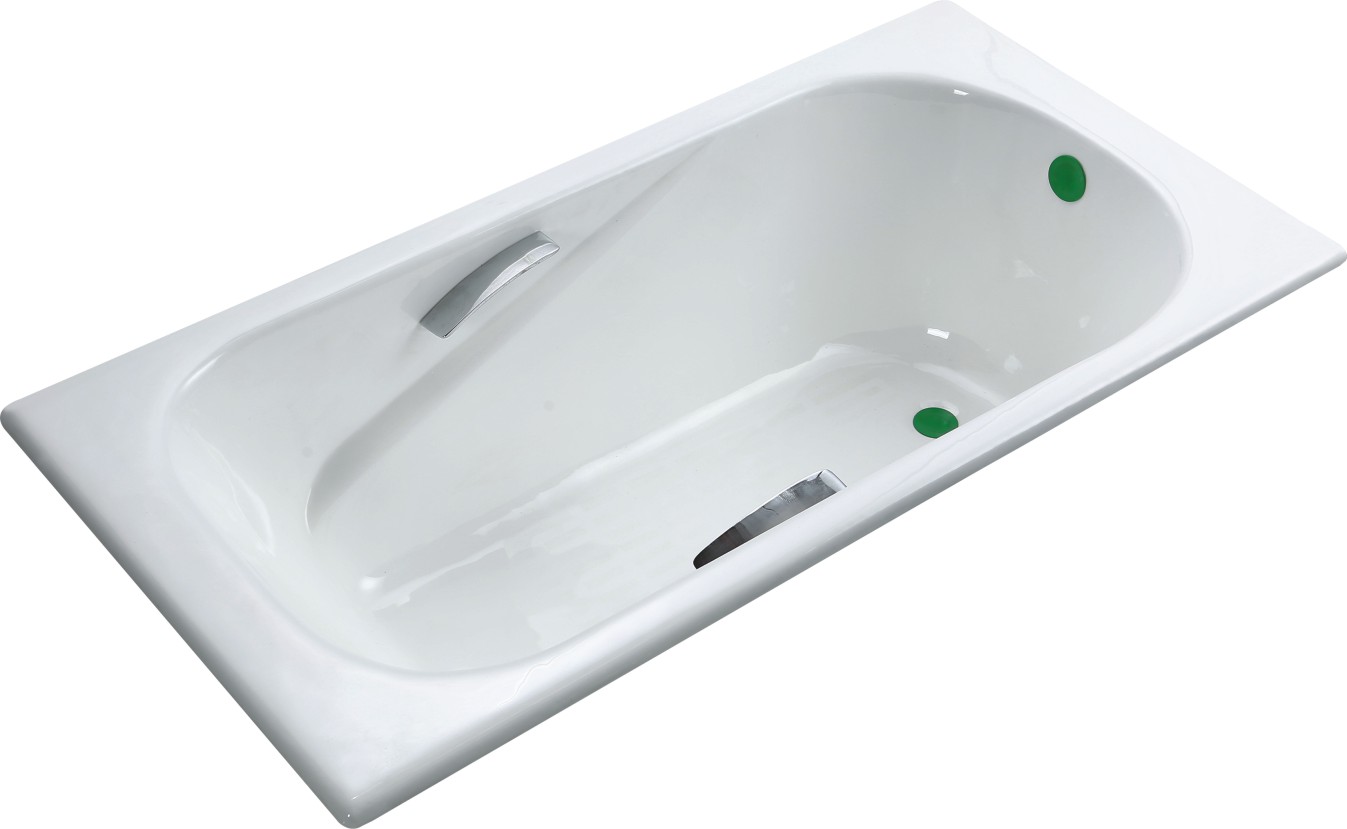4.2.3.2 How to use
Strictly adhere to the manufacturer's guidelines for use.
After the adhesive is applied, it should be allowed to air for a period of time before the adhesive is closed, which facilitates the necessary solvent consumption. The ingredients are designed to allow precise replacement, and many recipes can be instantly "grabbed" to allow no repositioning of ingredients. After the parts are first contacted, the parts are pressed together using a suitable method. In short, changes in evaporation, assembly too fast or too slow, are the main danger. Too much or too little solvent can cause no adhesion.
4.2.3.3 Precautions
The physiological activity of the solvent and the vapors and fumes released during evaporation/vulcanization must be identified. The workshop must be well ventilated.
The adhesive must be kept out of contact with the skin or eyes.
These adhesives create several problems, but they can be used rationally.
4.2.4 Cyanoacrylamide Hydrochloric Acid Adhesive
4.2.4.1 Description and Performance
Hydrogen cyanide based on acrylic acid hydrochloride based on the low-viscosity liquid quickly solidified after contact with the surface moisture. When placed between close fitting surfaces, some can solidify and have a strong joint in two or three seconds. Sufficient strength can be achieved after 5 to 20 hours. Due to the rapid solidification rate, cyanoacrylic acid hydrochloric acid can only be used for bonding small areas, and joints have high shear strength, but most cannot withstand peeling force and vibration load.
These adhesives can bond virtually all materials except polyolefin-based Polyfefin plastic (ie, PE) fluoropolymer Fluoropolymers (ie, PTFE and PVDF) and cerium-based rubber. However, the recently developed coatings used in combination with cyanuric acid hydrochloride can make those “difficult†plastics that can be successfully bonded.
Bonding amorphous thermoplastics (PC, PPSU, PEI, PSU) with cyanuric-hydrochloric acid adhesives can cause stress cracking. Compatibility tests can be conducted and/or advice from adhesive suppliers can be heard.
Operating temperature range: -50 to +100°C (Allyl based cyanopropene hydrochloride can operate at temperatures up to 250°C.
4.2.4.2 How to use
Follow the manufacturer's instructions for use. The adhesive is usually removed from the bottle and a thin layer is applied directly to the joint surface. The two parts are then assembled together (precisely placed) and pressed together by contact pressure. The movable strength can be reached in a few seconds, but it is recommended to wait 24 hours before adding the load to the joint.
The percentage of ambient humidity is too high or too low, or the adhesive coating is too thick, which can cause poor adhesion or failure to set. When an acid residue remains on the surface, the same can happen if the oil is removed with a chlorinated solvent such as 1.1.1 ─ trichloroethane or trichlorofluoroethane (not recommended, since it has high Oxygen consumption potential
If using cyanopropene-hydrochloric acid adhesive, use isopropyl alcohol for pre-oiling.
4.2.4.3 Precautions
Cyanoacrylic acid Hydrochloric Acid Adhesives are extremely dangerous to quickly adhere to the skin. This must be prevented. There are several cyanopropene hydrochloride irritants (nose and eyes) that must be drawn when used continuously.
For families, cyanoacrylate adhesives are considered toxic and cannot be used.
4.2.5 Toughened Acrylic Adhesives
4.2.5.1 Description and Performance
These adhesives are based on a variety of acrylic monomers and contain low atomic weight rubber, which provides good resistance to collision and peeling forces. It is a two-component adhesive (resin + hardener) with a viscosity range from Very low to very high.
Toughened acrylic adhesives are suitable for bonding almost any material except for polyolefins, plastics, fluoropolymers and several rubber-based materials. The adhesive part is strong and adapts to the desired environment.
Some of these adhesives can cause stress cracking in amorphous thermoplastics (PC, PPSU, PEI, PSU).
Operating temperature range: -50 to +120°C
4.2.5.2 How to use
Usage guidelines vary greatly depending on the type of adhesive. In most cases, a thin layer of hardener (detonator) is applied to a surface layer, and a layer of resin is applied to the other surface, and thereafter combined. For some types, the ingredients should be pre-mixed in advance.
Although all of these adhesives solidify at room temperature, some of them require heating to speed up the process. Depending on the type of adhesive used, it takes several minutes to several hours before the adhesive can be moved.
4.2.5.3 Precautions
Although there is no danger, all products should achieve certain levels of physical activity and take appropriate measures. Vapor withdrawal should be performed when using more volatile species continuously. (to be continued)
Build in cast iron bathtubs are in different sizes, length can be 1000 mm-1800 mm. Cast iron bathtubs are durable and easy to clean. Body of Drop In Cast Iron Bathtub is cast iron. Grade A enamel is applied to cast iron drop in bathtub. Package of build in bath tub is wooden pallet. 1 pallet can pack 8-10 baths.

Built-in Cast Iron Bathtub,Rectangular Cast Iron Bath Tub,cast iron drop in bathtub,enamel drop in bathtub
Anping Sunshine Sanitary Ware Co., Ltd. , https://www.sunshinebathtubs.com